
Kipps Apparatus Glass
$4,500.00 Original price was: $4,500.00.$4,000.00Current price is: $4,000.00.
A Kipp’s apparatus is a laboratory apparatus used to produce small volumes of gases by the reaction of a liquid with a solid, producing gas through bubbling. It consists of three main parts: a reaction vessel, a delivery tube, and a collection vessel. The reaction vessel typically contains a solid reactant at the bottom and a liquid reactant above it, separated by a movable plug or stopcock. As the liquid reacts with the solid, gas is produced and collected in the collection vessel via the delivery tube.
Glass is commonly used to construct Kipp’s apparatus because it is transparent, chemically resistant, and allows for easy observation of the reaction and gas collection. Borosilicate glass, known for its resistance to thermal shock and chemical corrosion, is often the preferred material for constructing Kipp’s apparatus due to its durability and safety in handling reactive chemicals.
Uses of Kipps Apparatus Glass
Gas Generation:
Kipp’s apparatus is primarily used for generating small quantities of gases through controlled chemical reactions. This can include the production of hydrogen gas by reacting zinc with hydrochloric acid, or the production of carbon dioxide by reacting a carbonate with an acid.
Gas Collection:
The apparatus allows for the collection of gases produced during the reaction. The collected gas can then be used for various purposes such as chemical testing, experimentation, or as a reagent in other reactions.
Purification:
In certain cases, gases generated using Kipp’s apparatus may need to be purified. Glass Kipp’s apparatus can be used in purification processes by passing the gas through suitable absorbents or scrubbers to remove impurities.
Teaching and Demonstrations:
Kipp’s apparatus made of glass is often used in educational settings for teaching chemistry concepts related to gas generation and collection. It allows students to observe the reaction process and understand principles of stoichiometry and gas laws.
Chemical Synthesis:
Some chemical reactions require the controlled generation of gases as part of the synthesis process. Kipp’s apparatus can be employed to provide a convenient and efficient method for introducing gases into reactions.
Laboratory Research:
Glass Kipp’s apparatus is utilized in research laboratories for various experimental purposes where the controlled generation and collection of gases are required. It provides a reliable and versatile tool for conducting experiments involving gas-phase reactions.


 Emollients
Emollients Humectants
Humectants UV Filters
UV Filters Surfactants (cosmetic)
Surfactants (cosmetic) Preservatives (cosmetic)
Preservatives (cosmetic) Fragrances and Essential Oils
Fragrances and Essential Oils Antioxidants (cosmetics)
Antioxidants (cosmetics)
 Solvents (lab)
Solvents (lab) Chromatography Chemicals
Chromatography Chemicals Microbiology and Cell Culture Reagents
Microbiology and Cell Culture Reagents Biochemical Reagents
Biochemical Reagents Inorganic and Organic Standards
Inorganic and Organic Standards Spectroscopy Reagents
Spectroscopy Reagents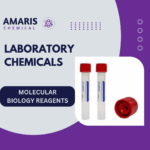 Molecular Biology Reagents
Molecular Biology Reagents
 Precious Metal Extraction Agents
Precious Metal Extraction Agents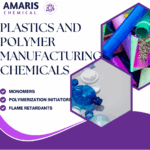
 Plasticizers
Plasticizers Polymerization Initiators
Polymerization Initiators Stabilizers
Stabilizers Monomers
Monomers Fillers and Reinforcements
Fillers and Reinforcements Antioxidants (plastics)
Antioxidants (plastics) Colorants (plastic pigments,Dyes)
Colorants (plastic pigments,Dyes)
 Fertilizers
Fertilizers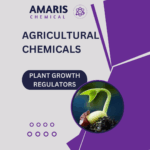 Plant Growth Regulators
Plant Growth Regulators Soil Conditioners
Soil Conditioners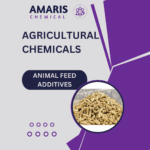 Animal Feed Additives
Animal Feed Additives Biostimulants
Biostimulants
 Dough Conditioners
Dough Conditioners Flour Treatments
Flour Treatments Fat Replacers
Fat Replacers Preservatives (baking)
Preservatives (baking)
 Surfactants (cleaning)
Surfactants (cleaning) Builders
Builders Bleaching Agents
Bleaching Agents Enzymes
Enzymes Solvents (cleaning)
Solvents (cleaning) Fragrances
Fragrances Disinfectant
Disinfectant Metal cleaning
Metal cleaning
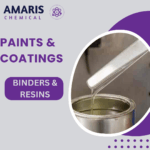 Binders/Resins
Binders/Resins Pigments
Pigments Solvents (paint)
Solvents (paint) Additives
Additives Driers
Driers Anti-Corrosion Agents
Anti-Corrosion Agents Specialty Coatings
Specialty Coatings Functional Coatings
Functional Coatings Application-Specific Coatings
Application-Specific Coatings
 Sealants and Adhesives
Sealants and Adhesives
 Biodegradable Surfactants
Biodegradable Surfactants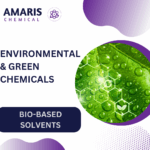 Bio-based Solvents
Bio-based Solvents Renewable Polymers
Renewable Polymers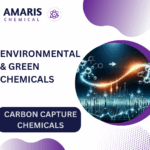 Carbon Capture Chemicals
Carbon Capture Chemicals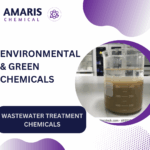 Wastewater Treatment Chemicals
Wastewater Treatment Chemicals
 Preservatives (food)
Preservatives (food) Flavor Enhancers
Flavor Enhancers Acidulants
Acidulants Sweeteners
Sweeteners Emulsifiers
Emulsifiers Antioxidants (food)
Antioxidants (food)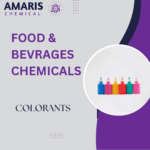 Colorants (food)
Colorants (food) Nutrient Supplements
Nutrient Supplements Nutraceutical Ingredients
Nutraceutical Ingredients
 Fresh Herbs
Fresh Herbs Whole Spices
Whole Spices Ground Spices
Ground Spices Spice Blends
Spice Blends
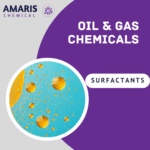 Surfactants(oil)
Surfactants(oil)
 Antibiotics
Antibiotics Active Pharmaceutical Ingredients
Active Pharmaceutical Ingredients Excipients
Excipients Vaccine Adjuvants
Vaccine Adjuvants Nutraceutical Ingredients
Nutraceutical Ingredients Solvents (pharmaceutical)
Solvents (pharmaceutical)
 Automotive chemicals
Automotive chemicals Pyrotechnic Chemicals
Pyrotechnic Chemicals


 Vulcanizing Agents
Vulcanizing Agents Accelerators & Retarders
Accelerators & Retarders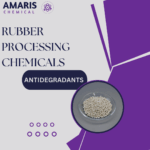 Antidegradants
Antidegradants Reinforcing Agents
Reinforcing Agents Plasticizers & Softeners
Plasticizers & Softeners Fillers & Extenders
Fillers & Extenders Blowing Agents
Blowing Agents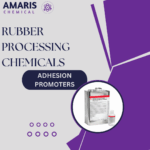 Adhesion Promoters
Adhesion Promoters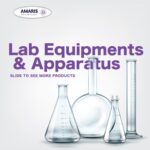

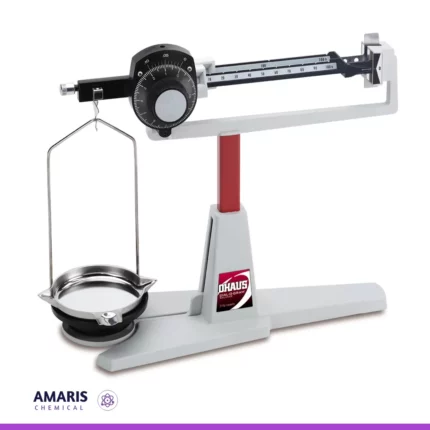

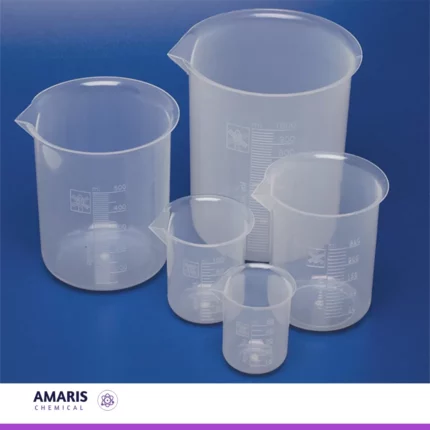
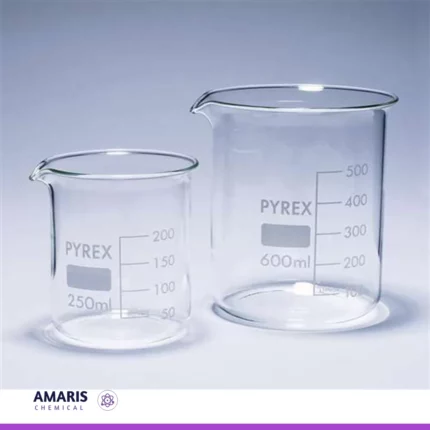

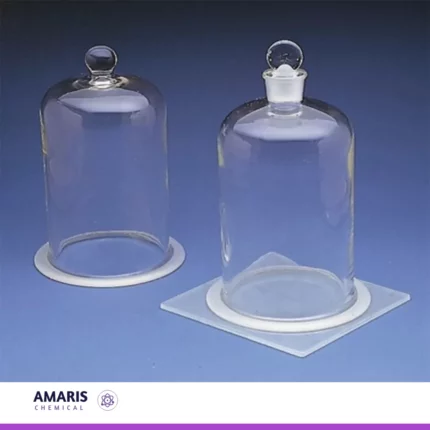
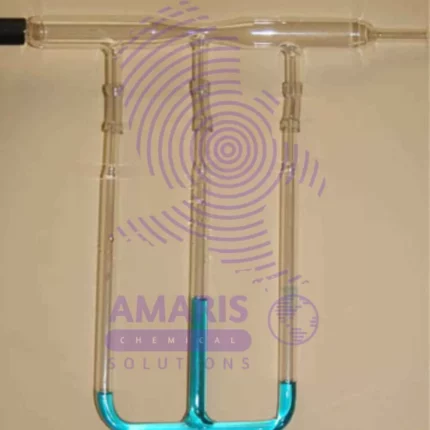

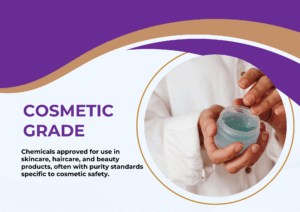




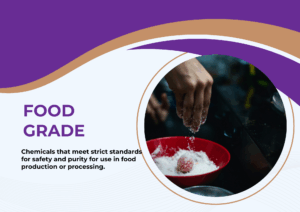
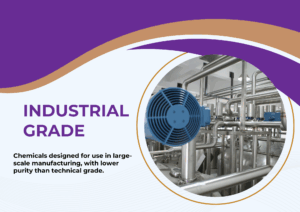
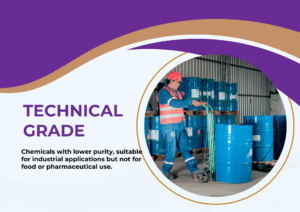
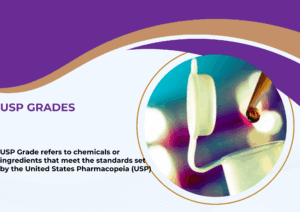



Reviews
There are no reviews yet.